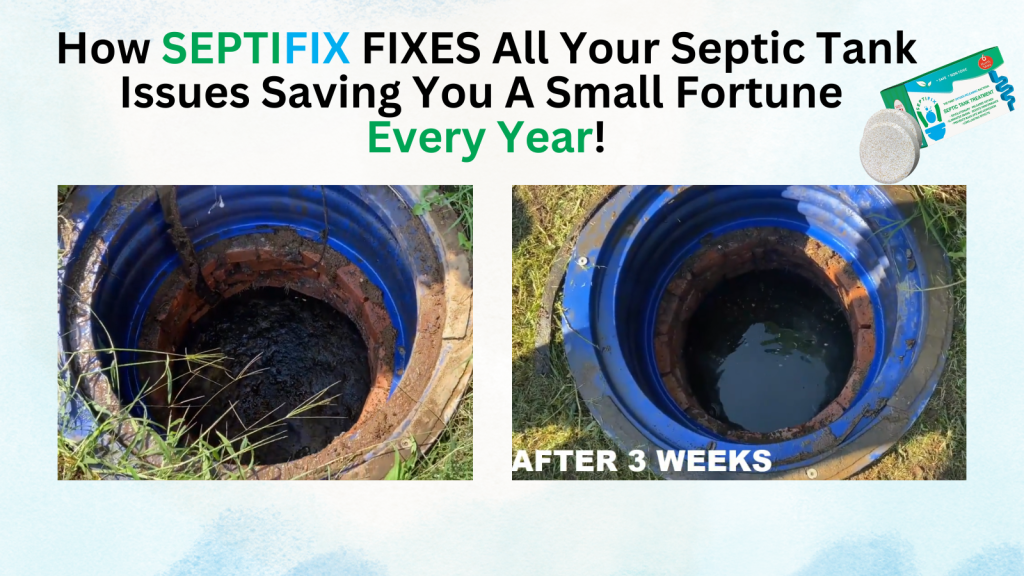If you’re a homeowner in Vermont, understanding Vermont septic system regulations is critical to staying compliant and protecting your property and the environment. Whether you’re building a new home or maintaining an existing system, there are specific rules and procedures you must follow. In this guide, we’ll break down everything you need to know—permitting, inspections, installation standards, and local terminology—so your onsite wastewater treatment system stays in top shape.
Table of Content
- Overview of Vermont Septic System Regulations
- When Are Septic Permits Required in Vermont?
- Site Evaluation and Soil Testing Requirements
- Types of Septic Systems Approved in Vermont
- Installation and Inspection Guidelines
- Septic System Maintenance Rules in Vermont
- Selling a Home With a Septic System in Vermont
- Cost Factors and Available Financial Assistance
- Septifix
- Septic Permit Links by State
Overview of Vermont Septic System Regulations
Septic systems—also known in some areas as onsite sewage systems or leach field setups—are regulated by the Vermont Department of Environmental Conservation (DEC). These regulations are based on the Environmental Protection Rules, Chapter 1, which detail wastewater system and potable water supply rules.
Vermont’s decentralized wastewater regulations cover everything from new installations to the repair and replacement of existing systems. In many regions, local ordinances and watershed rules may impose additional requirements. Compliance is not optional—non-compliance can result in fines and legal action.
👉 Vermont Environmental Protection Rules – Chapter 1
Article: When to Repair a Septic Tank
When Are Septic Permits Required in Vermont?
You need a permit for most septic system-related activities in Vermont, including:
- Installing a new system
- Replacing or upgrading an existing tank or drainfield
- Expanding a system due to home additions or increased water usage
- Changing property use, such as converting a seasonal home to year-round
Before starting any work, check with your local Regional Office or town permitting authority. Some areas may have stricter rules due to water quality concerns.
👉 Find Your Regional Office – Vermont DEC
Site Evaluation and Soil Testing Requirements
Before installing a septic system, a professional site evaluation is required. This includes:
- Soil profile analysis
- Percolation (perc) testing
- Slope and distance measurements from water bodies or wells
Only licensed designers or civil engineers are authorized to perform evaluations and submit plans. The system’s design must comply with Vermont’s minimum lot size and isolation distance requirements, especially near wetlands or drinking water sources.
These evaluations ensure your wastewater disposal system won’t harm the environment or your neighbors.
Article: Overview of Septic Tank Products
Types of Septic Systems Approved in Vermont
Depending on your site’s conditions, Vermont approves several types of septic systems:
- Conventional systems: septic tank with a gravel drainfield
- Mound systems: elevated fields for sites with shallow soil
- Innovative/Alternative (I/A) systems: advanced treatment for difficult terrains or space-limited lots
Local terms like dry wells, cesspools, or seepage pits may still be in use but are generally outdated or prohibited under current regulations. If you’re still using one, it’s time to upgrade.
Installation and Inspection Guidelines
All septic installations must be performed by certified contractors. The process includes:
- Submitting a permit application with site plans and test results
- Scheduling required inspections—typically during excavation and before covering components
- Receiving final approval and a Certificate of Compliance
DIY installations are not allowed. Inspections by local officials or state representatives ensure proper system function and environmental safety.
Septic System Maintenance Rules in Vermont
Proper maintenance is not only essential for performance—it’s the law. Vermont regulations suggest pumping every 3 to 5 years, though actual frequency may depend on household size and tank capacity.
Homeowners are responsible for:
- Monitoring sludge levels
- Keeping maintenance records
- Scheduling regular inspections and clean-outs
Neglect can lead to system failure, groundwater contamination, and steep repair costs. In some towns, failure to maintain your system could result in penalties.
Selling a Home With a Septic System in Vermont
Planning to sell your Vermont home? You’ll need to:
- Disclose the system’s age and condition
- Provide maintenance and pumping records
- Possibly upgrade non-compliant or outdated systems
If your system no longer meets current code, buyers may be required to replace it during the sale. Real estate agents often recommend a septic inspection before listing.
Cost Factors and Available Financial Assistance
Installing or replacing a septic system in Vermont can cost between $8,000 and $25,000, depending on site complexity and system type. Repairs can still be expensive, especially for failed drainfields.
Good news—there are financial assistance programs available:
- Vermont Wastewater and Potable Water Revolving Loan Fund
- USDA Rural Development Home Repair Loans
- Local municipal grants or subsidies
These programs can help homeowners afford critical upgrades and avoid environmental fines.
Contact Info and Resources
Here are some essential contacts and resources to help you navigate Vermont septic system regulations:
- Vermont Department of Environmental Conservation (DEC)
Phone: (802) 828-1556 - Wastewater Regional Offices Contact Page
- Septic System Owner’s Guide – University of Minnesota Extension
- U.S. EPA SepticSmart Program
- List of Licensed Designers in Vermont
Conclusion
Understanding Vermont septic system regulations isn’t just about compliance—it’s about protecting your health, your investment, and Vermont’s pristine environment. From permits to maintenance, every step matters. If you’re planning construction, selling your home, or just want peace of mind, review your system and talk to a licensed professional today.
Septifix









